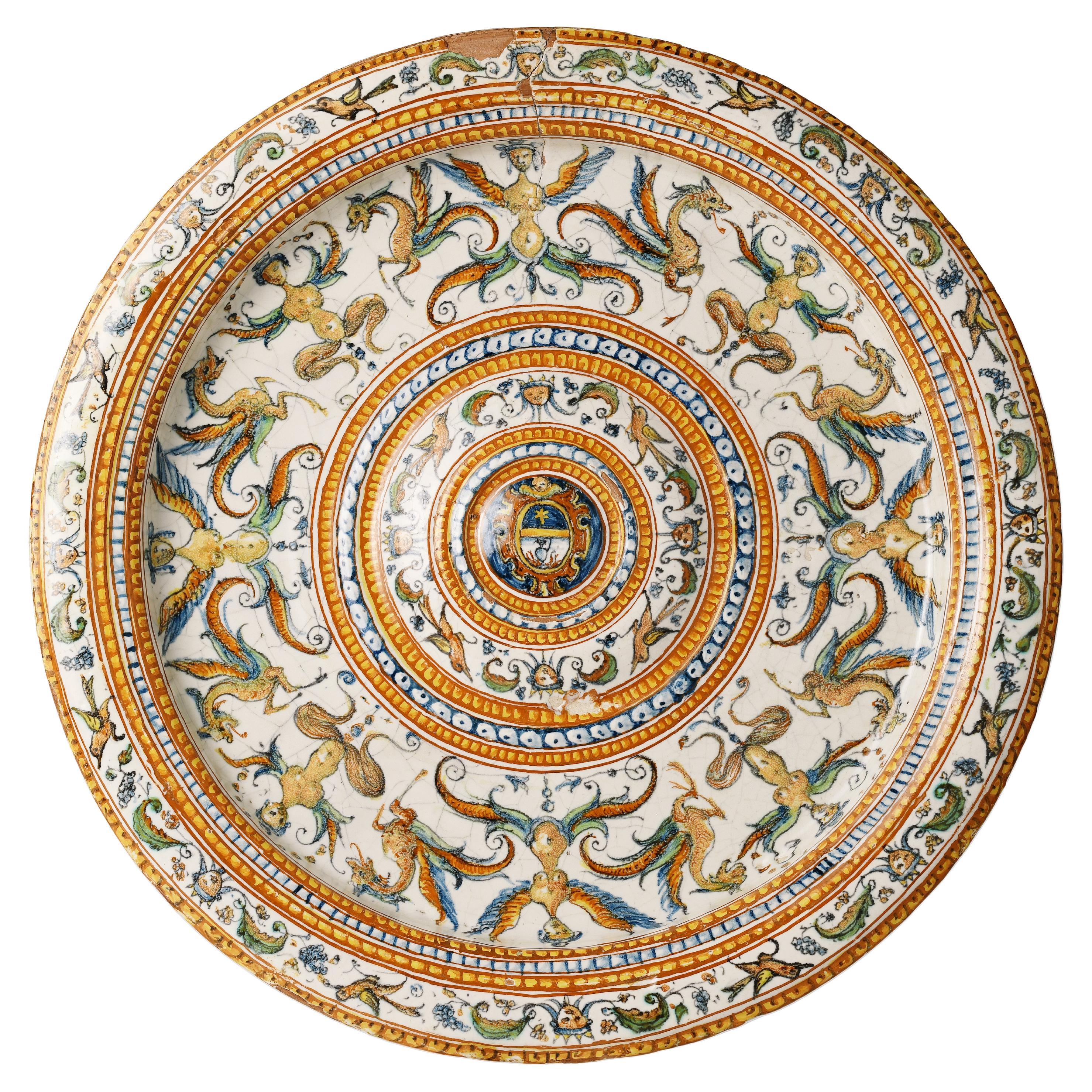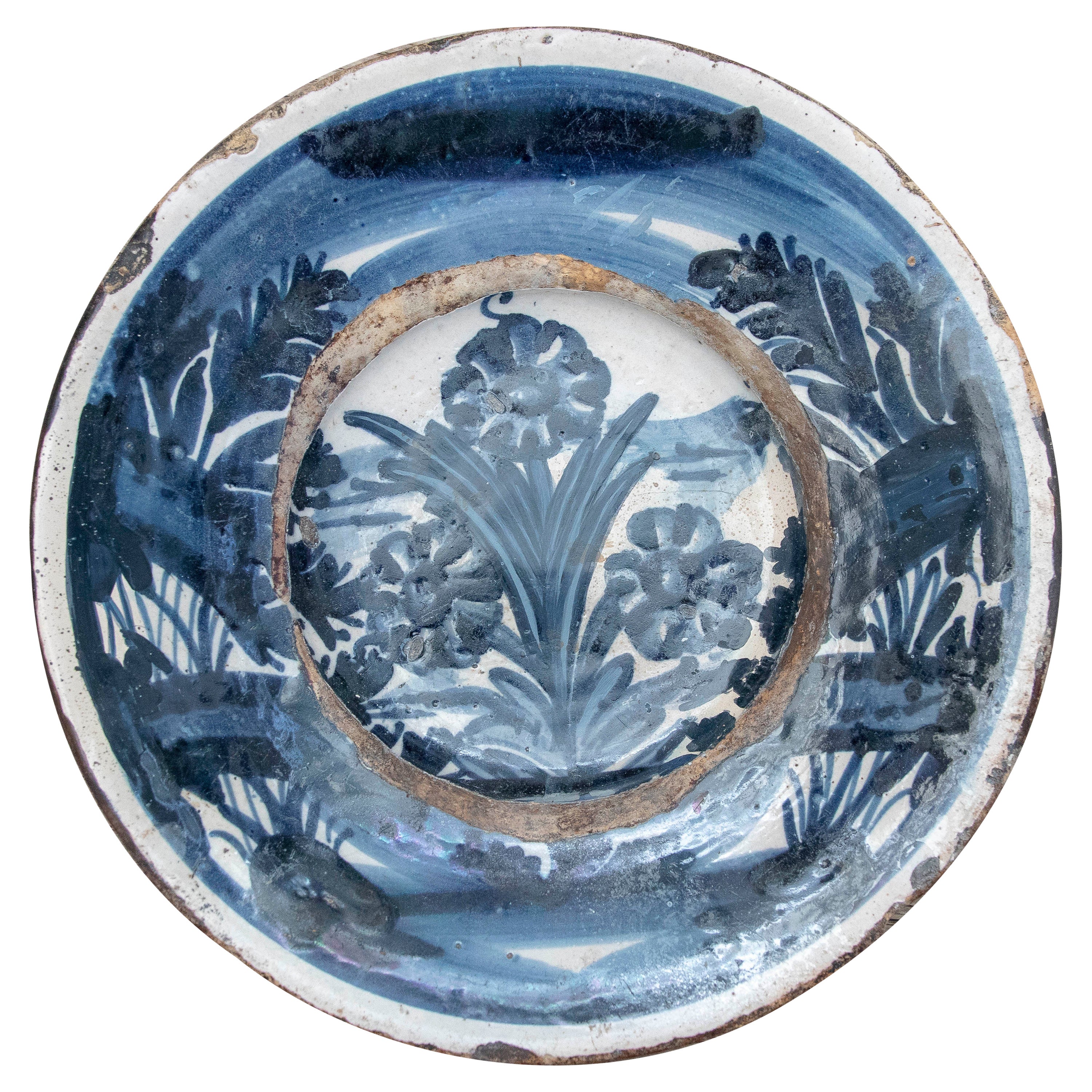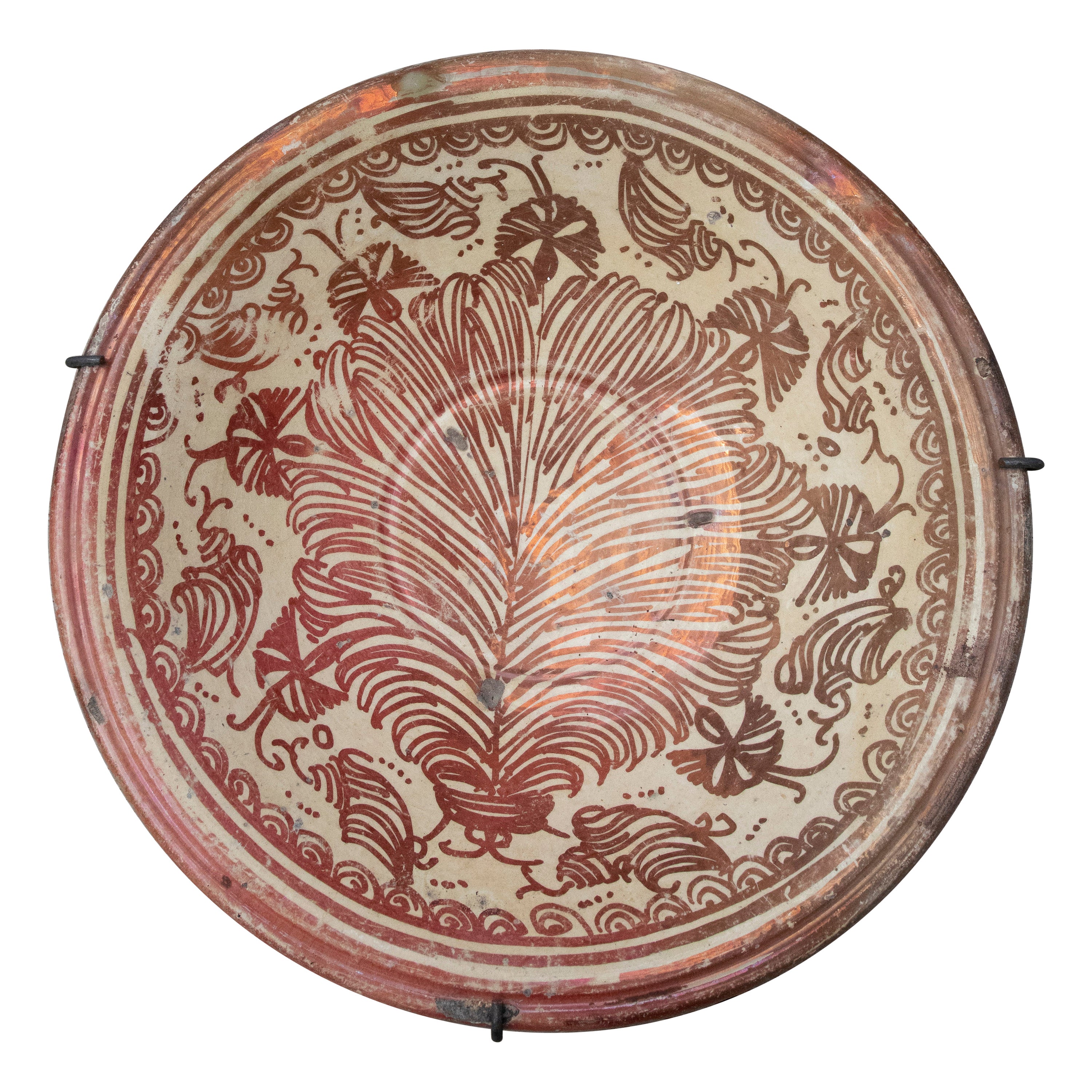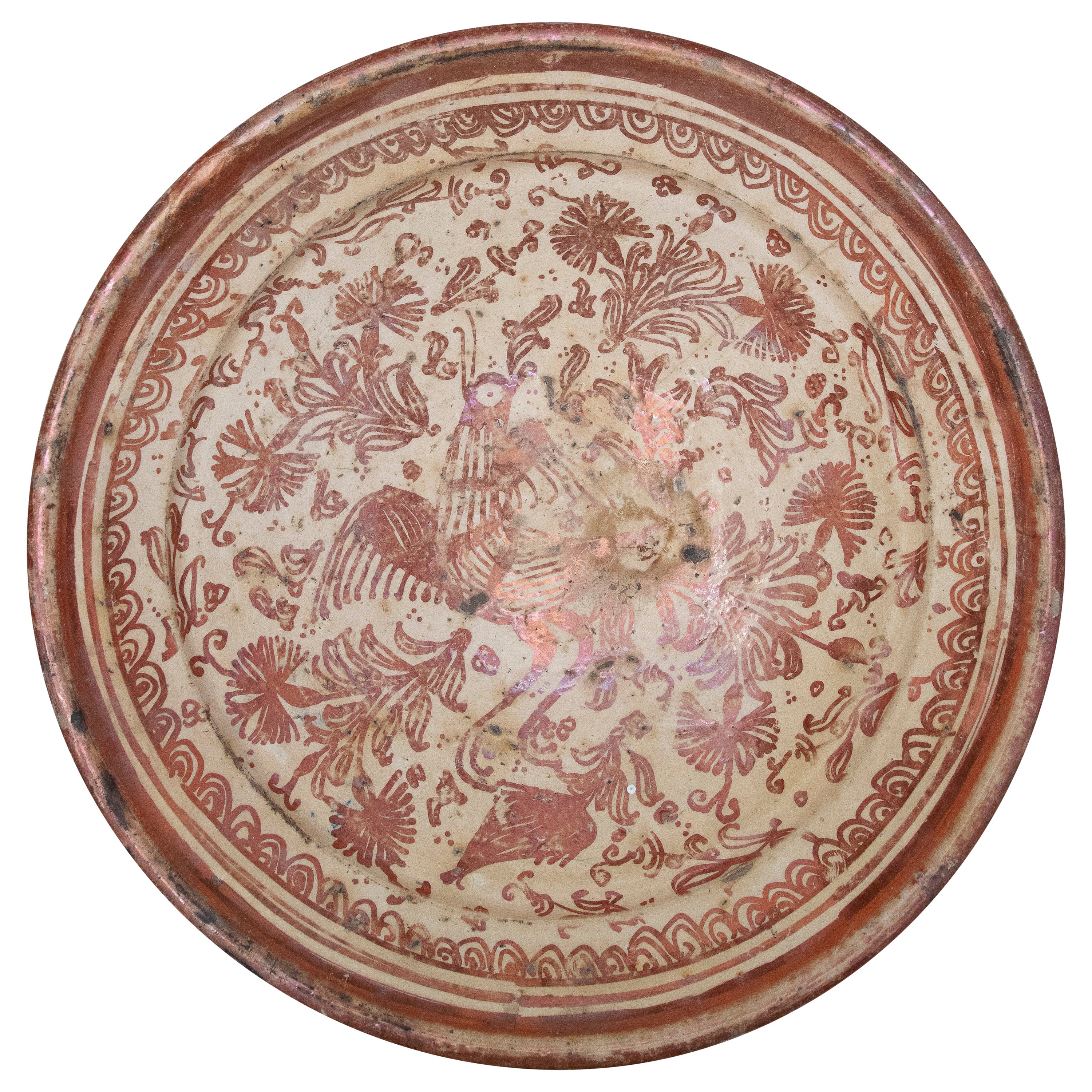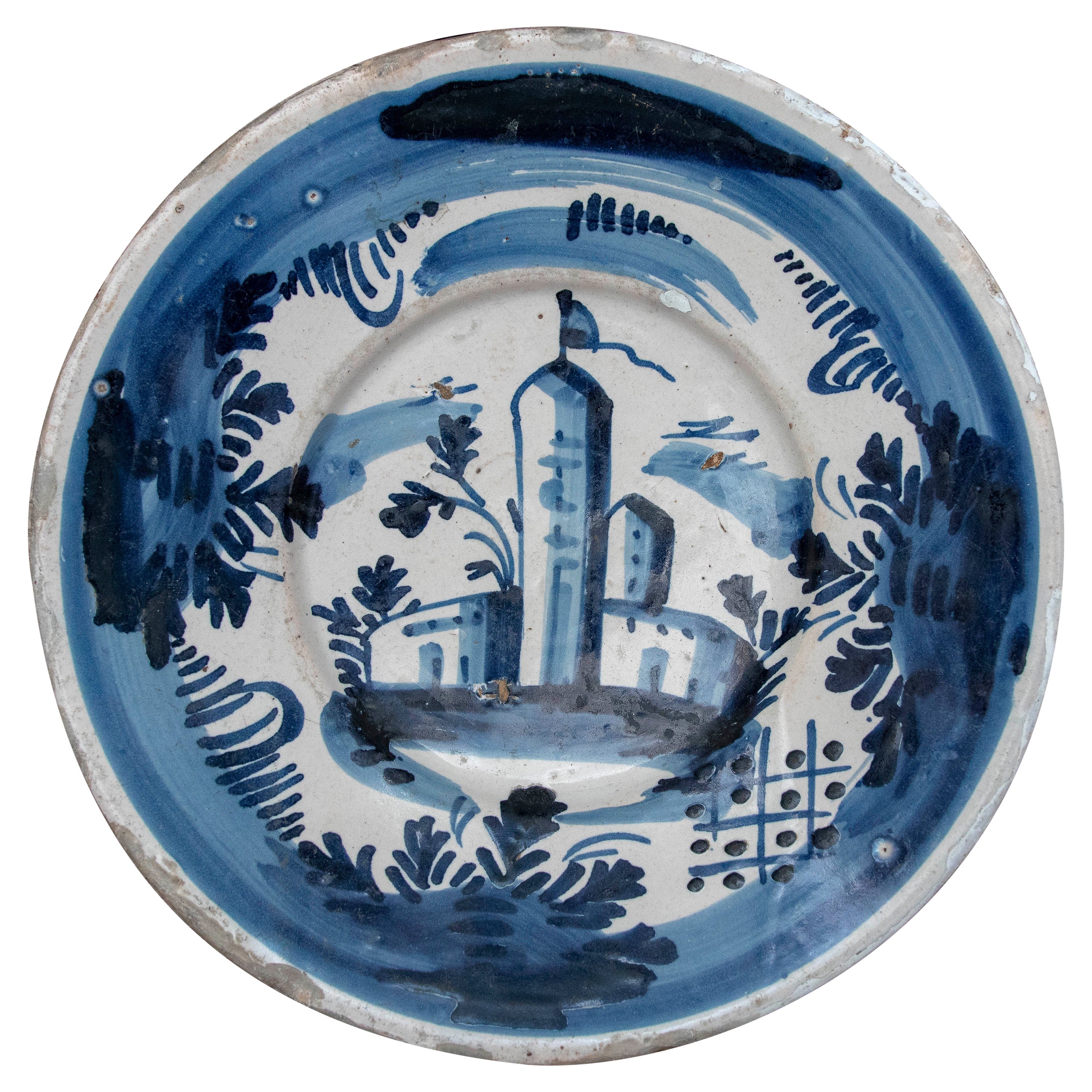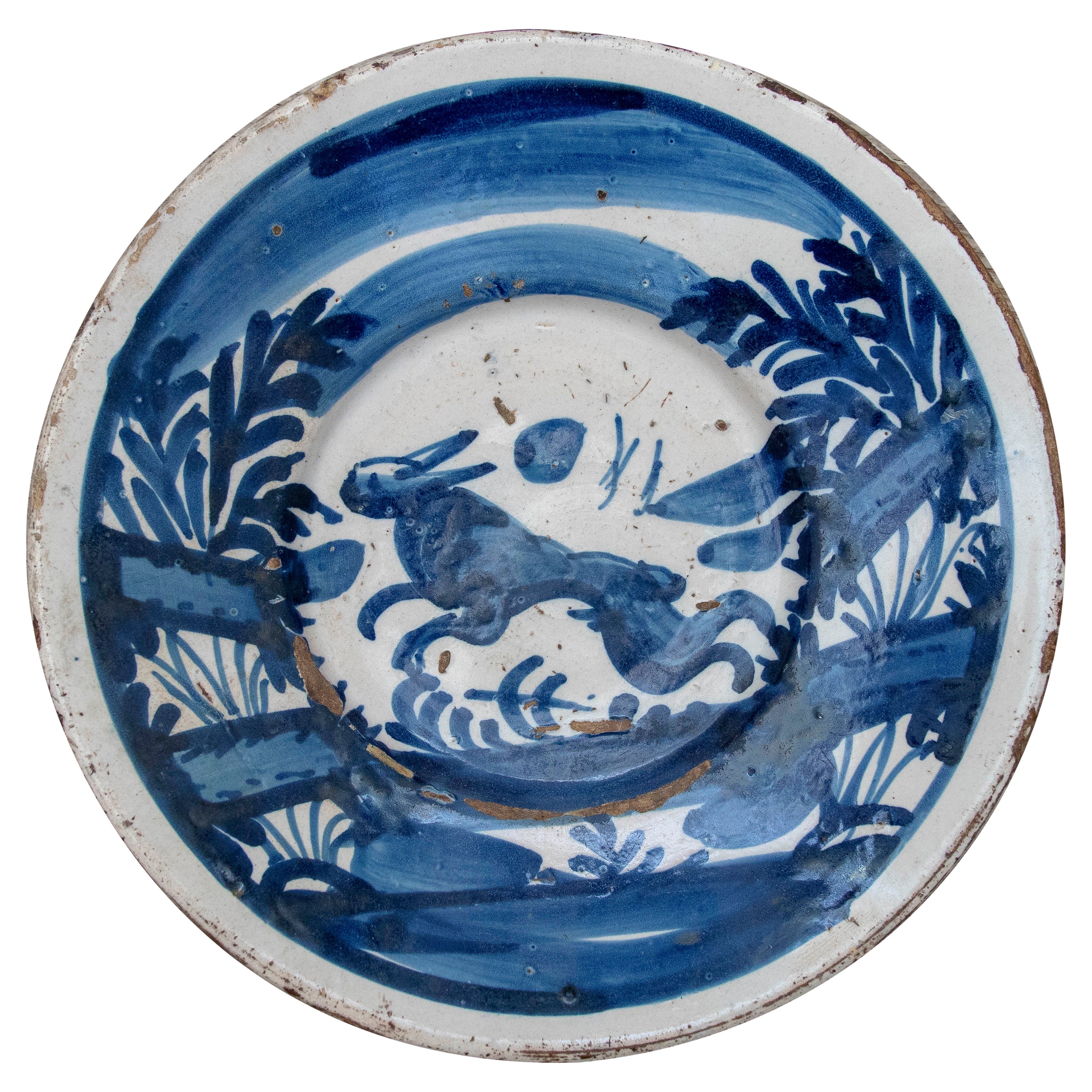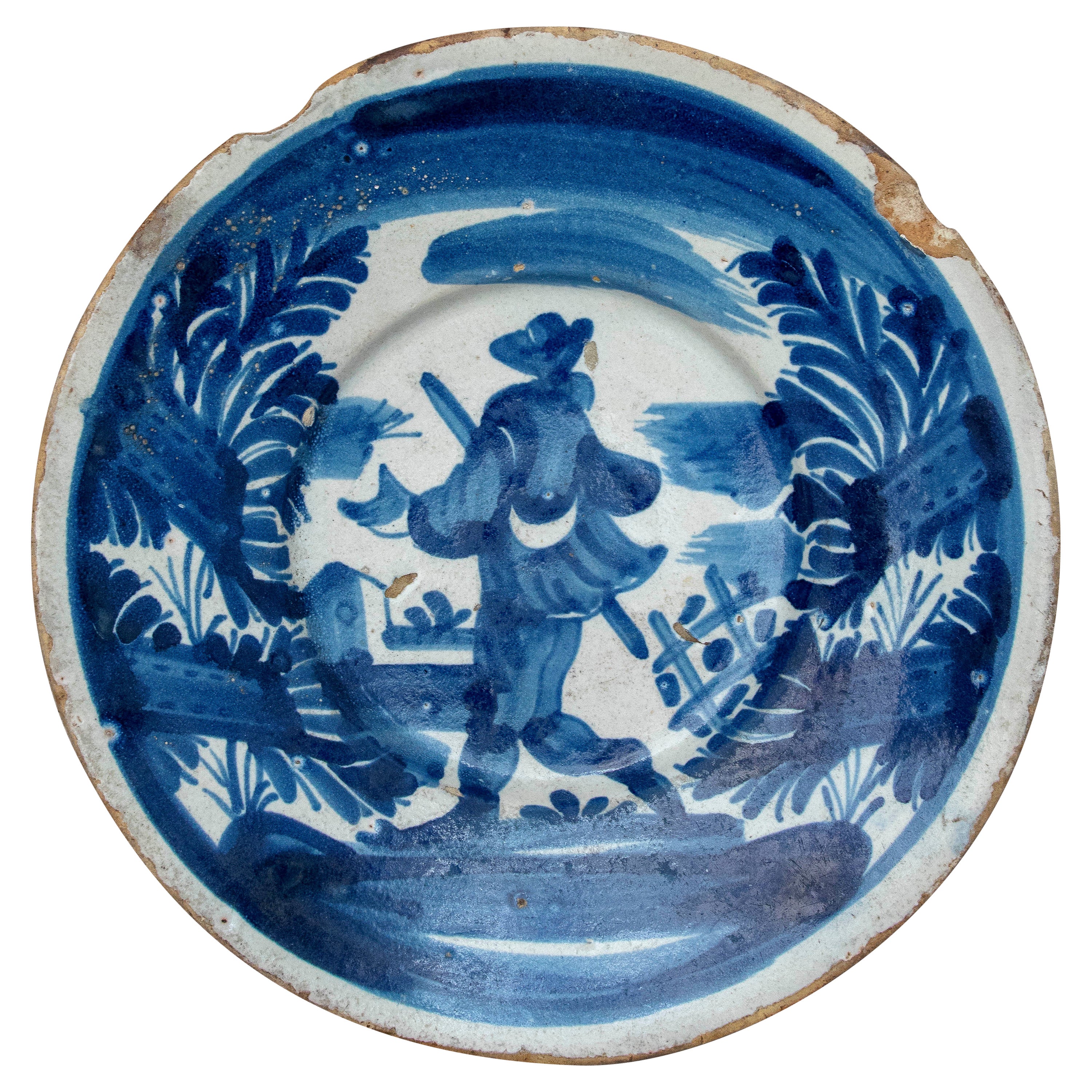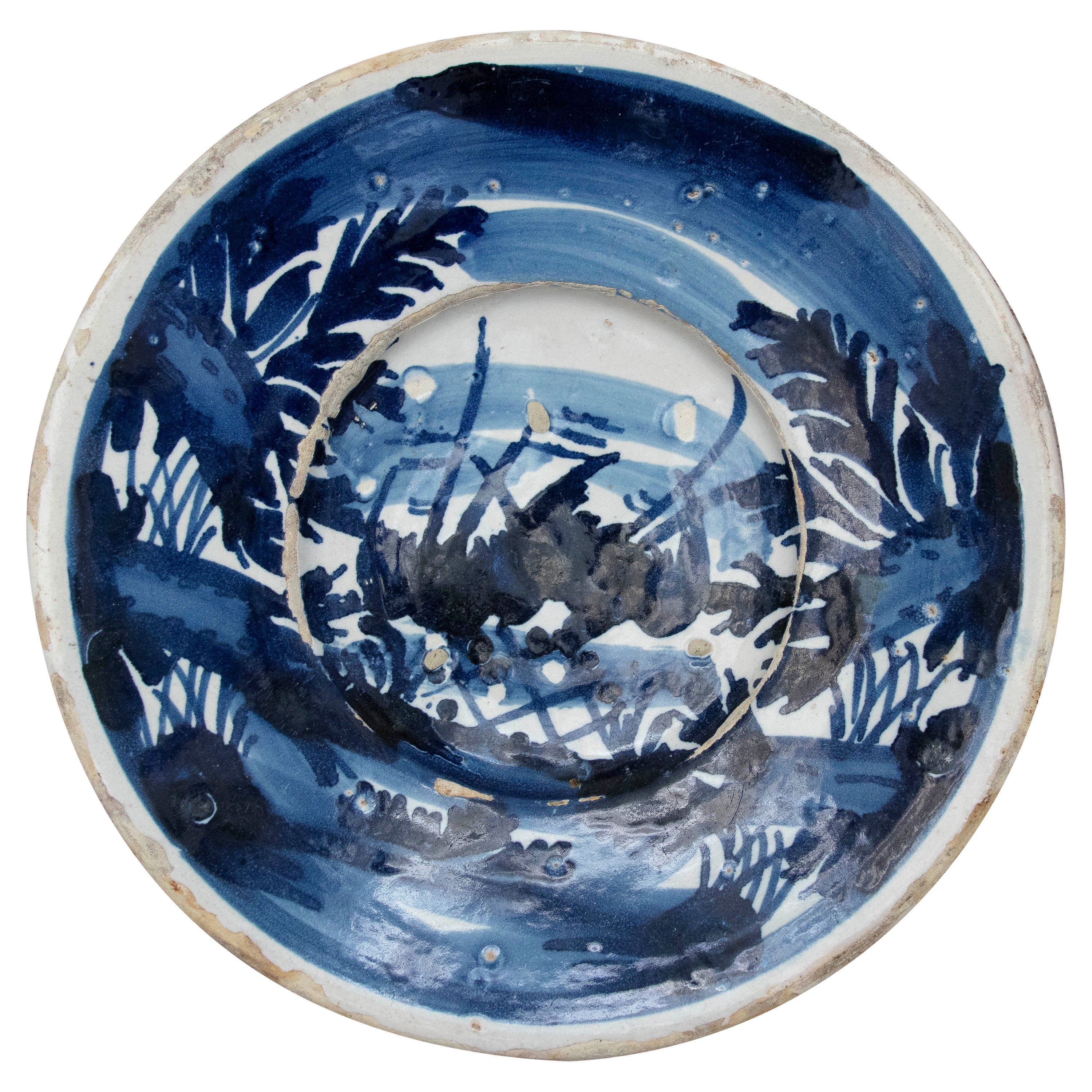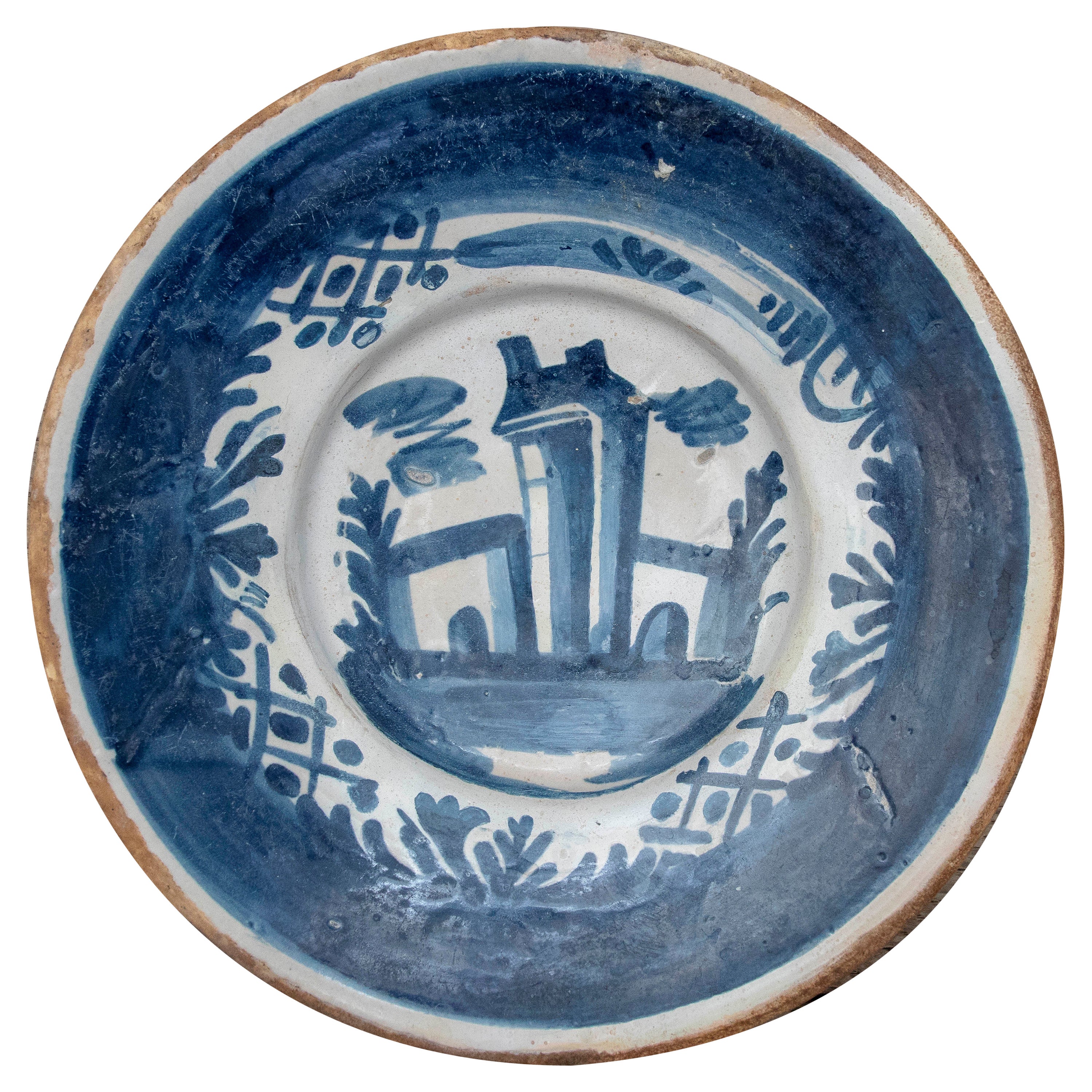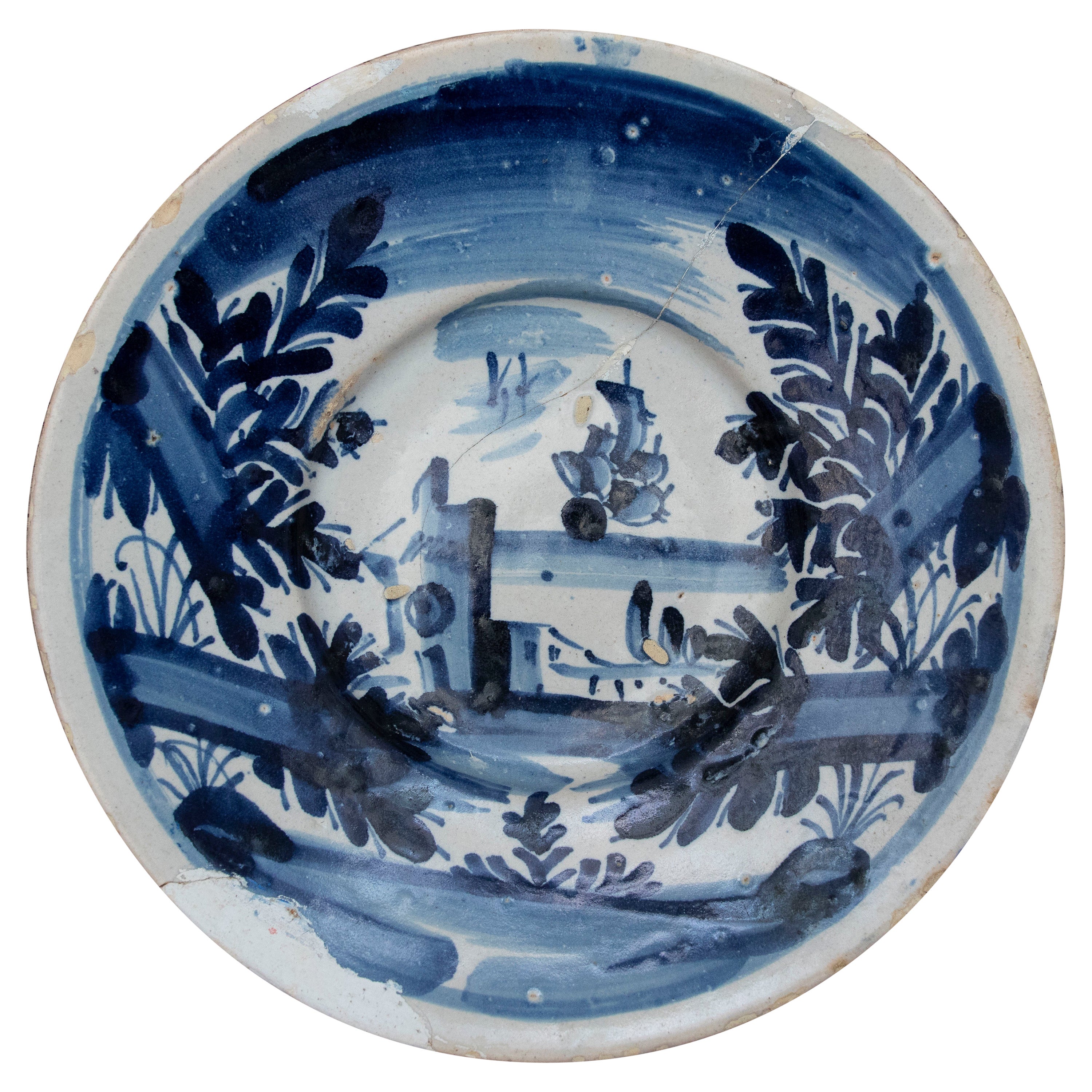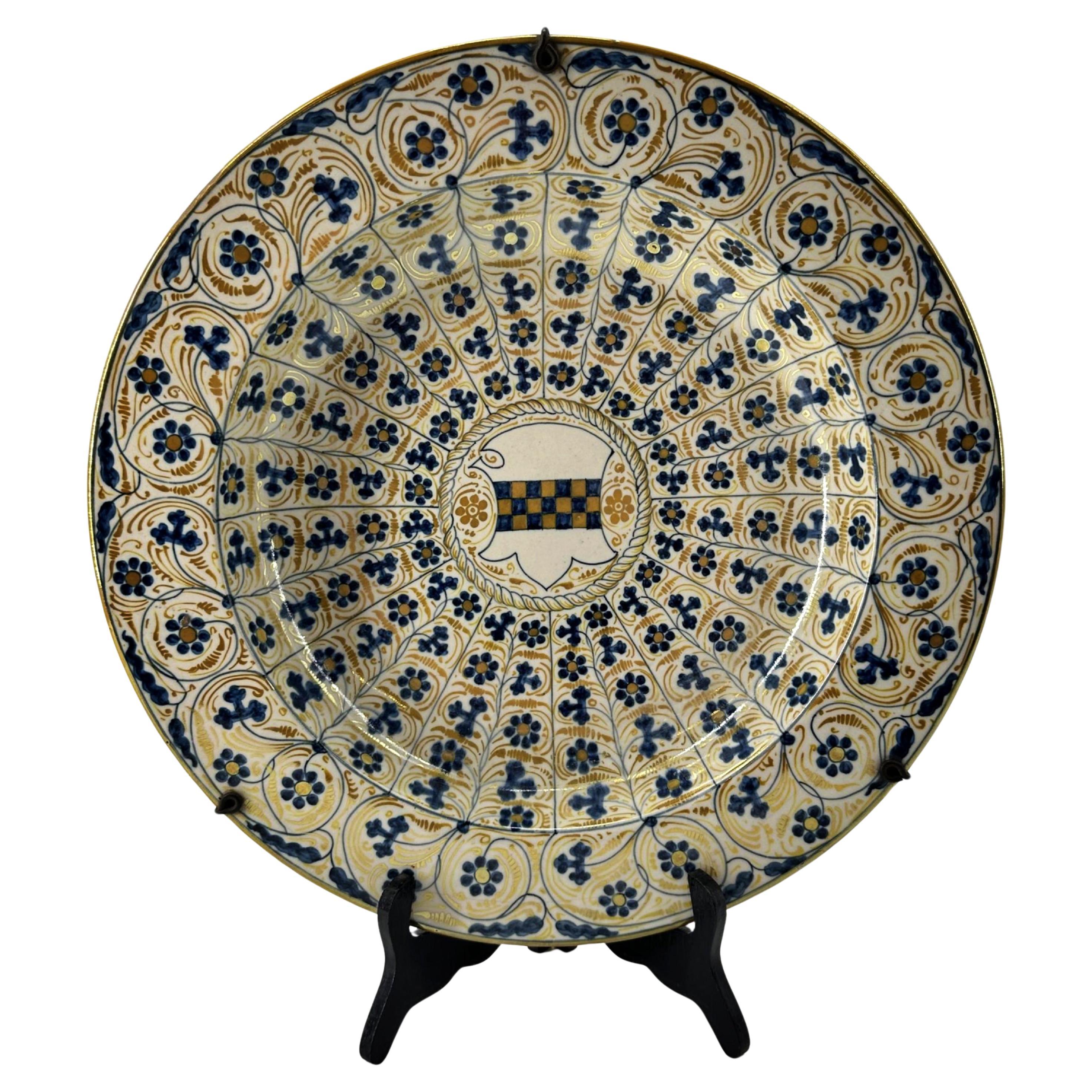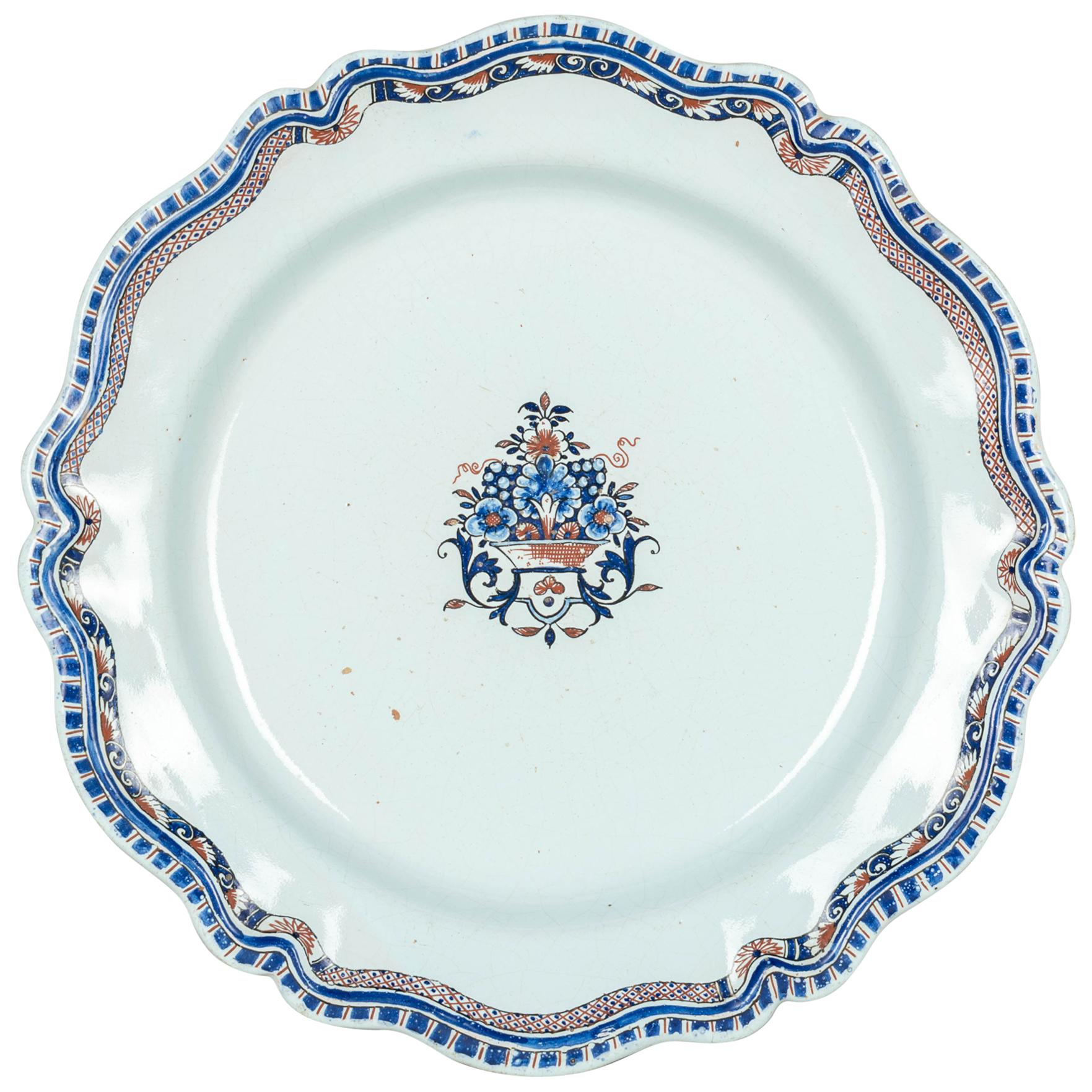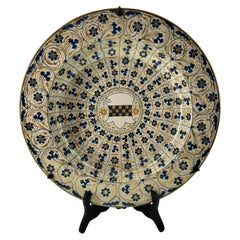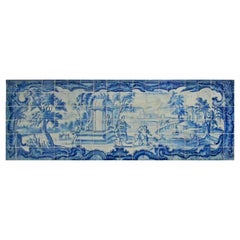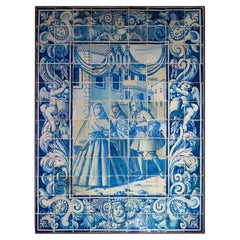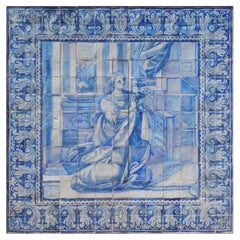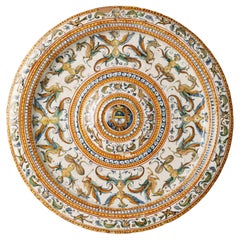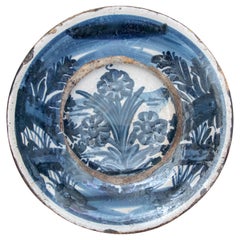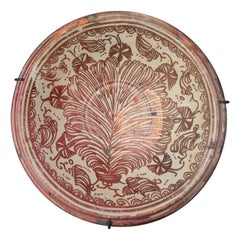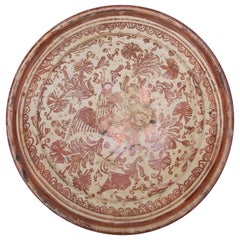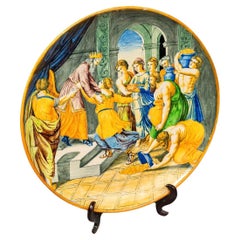
Urbino Ceramic Plate end 18th Century
View Similar Items
Want more images or videos?
Request additional images or videos from the seller
1 of 6
Urbino Ceramic Plate end 18th Century
Price:$523.88
$715.75List Price
About the Item
- Dimensions:Height: 12.21 in (31 cm)Diameter: 12.21 in (31 cm)
- Style:Baroque (Of the Period)
- Materials and Techniques:
- Place of Origin:
- Period:
- Date of Manufacture:17th Century
- Condition:Wear consistent with age and use. very good condition.
- Seller Location:Madrid, ES
- Reference Number:1stDibs: LU5779239391282
About the Seller
4.8
Platinum Seller
Premium sellers with a 4.7+ rating and 24-hour response times
Established in 2005
1stDibs seller since 2021
371 sales on 1stDibs
Typical response time: 1 hour
Authenticity Guarantee
In the unlikely event there’s an issue with an item’s authenticity, contact us within 1 year for a full refund. DetailsMoney-Back Guarantee
If your item is not as described, is damaged in transit, or does not arrive, contact us within 7 days for a full refund. Details24-Hour Cancellation
You have a 24-hour grace period in which to reconsider your purchase, with no questions asked.Vetted Professional Sellers
Our world-class sellers must adhere to strict standards for service and quality, maintaining the integrity of our listings.Price-Match Guarantee
If you find that a seller listed the same item for a lower price elsewhere, we’ll match it.Trusted Global Delivery
Our best-in-class carrier network provides specialized shipping options worldwide, including custom delivery.More From This Seller
View AllLarge Hispano-Moorish earthenware plate, 18th century
Located in Madrid, ES
Large Hispano-Moorish earthenware plate, 18th century
Diameter: 41 cm
Good condition
Category
Antique 18th Century Spanish Rococo Ceramics
Materials
Majolica
18th Century Portuguese "Azulejos" Countryside"
Located in Madrid, ES
Largest collection of Portuguese tiles in the world
18th century Portuguese "Troubadour"
Measures: 252cm x 86 cm
108 tiles
Important note: This panel is with the tiles restored 18...
Category
Antique 18th Century Portuguese Baroque Ceramics
Materials
Ceramic
18th Century Portuguese " Azulejos " Cityside"
Located in Madrid, ES
Largest collection of Portuguese tiles in the world
18th century Portuguese "Citywide "
Measures: 168cm x 126 cm
108 tiles
Important note: This panel is with the tiles restored 18...
Category
Antique 18th Century Portuguese Baroque Ceramics
Materials
Ceramic
18th Century Portuguese " Azulejos " Prayer"
Located in Madrid, ES
Largest collection of Portuguese tiles in the world
18th century Portuguese "Prayer "
Measures: 182cm x 182 cm
108 tiles
Important note: This panel is with the tiles restored 18th...
Category
Antique 18th Century Portuguese Baroque Ceramics
Materials
Ceramic
$19,086 Sale Price
20% Off
18th Century Portuguese "Azulejos" Troubadour"
Located in Madrid, ES
Largest collection of Portuguese tiles in the world
18th century Portuguese "Troubadour "
Measures: 140cm x 108 cm
80 tiles
Important note: This panel is with the tiles restored 1...
Category
Antique 18th Century Portuguese Baroque Ceramics
Materials
Ceramic
18th Century Portuguese "Azulejos" Spring"
Located in Madrid, ES
Largest collection of Portuguese tiles in the world
18th century Portuguese "Spring "
Measures: 112 cm x 89 cm
48 tiles
Important note: This panel is with the tiles restored 18th ...
Category
Antique 18th Century Portuguese Baroque Ceramics
Materials
Ceramic
$10,497 Sale Price
20% Off
You May Also Like
Italian Renaissance Plate, Patanazzi Workshop Urbino, End of 16th Century
By Patanazzi Workshop
Located in Milano, IT
Acquareccia plate
Patanazzi workshop
Urbino, last quarter of the 16th century
It measures diameter 17.12 in; foot diameter 11.53 in; height 1.88 in (43.5 cm; 29.3 cm; 4.8 cm).
Weight
State of conservation: wear and a few small minimal detachments of enamel, chipping on the raised areas, peeling of enamel at the brim on the back.
This large, shallow basin is equipped with a wide and convex well. It is umbonate with a contoured center. The brim, short and flat, is enclosed in a double rounded and barely raised edge. The basin has a flat base without rims; it has a slightly concave center in correspondence to the well.
The shape takes inspiration from the basins associated with the metal forged amphora pourers that traditionally adorned the credenza. These were used from the Middle Ages to wash hands during banquets. Two or three people washed their hands in the same basin and it was considered an honor to wash one’s hands with an illustrious person.
The decoration is arranged in concentric bands with, in the center of the umbo, an unidentified shield on a blue background: an oval banded in gold with a blue head, a gold star and a field with a burning pitcher.
Rings of faux pods separate the center from a series of grotesque motifs of small birds and masks. These go around the basin and are, in fact, faithfully repeated on the brim. The main decoration develops inside the flounce of the basin, which sees alternating symmetrical figures of winged harpies and chimeras. The ornamentation, outlined in orange, green and blue, stands out against the white enamel background.
This decorative style, defined since the Renaissance as “grottesche” or “raffaellesche”, refers to the decorations introduced after the discovery of the paintings of the Domus Aurea towards the end of the fifteenth century. The discovery of Nero's palace, buried inside Colle Oppio by damnatio memoriae, occurred by chance when a young Roman, in 1480, fell into a large crack which had opened in the ground on the hill, thus finding himself in a cave with walls covered with painted figures.
The great artists present in the papal city, including Pinturicchio, Ghirlandaio, Raffaello, immediately visited these caves. The decorations found there soon became a decorative subject of immense success: the term grotesque , with the meaning of “unusual,” “caricatured,” or “monstrous,” was later commented by Vasari in 1550 as “una spezie di pittura licenziose e ridicole molto”( “a very licentious and ridiculous kind of painting”).
The decorations “a grottesche” also widely circulated in ceramic factories, through the use of engravings, variously interpreted according to the creativity of the artists or the requests of the client.
Our basin is reflected in similar artifacts produced at the end of the sixteenth century by the factories of the Urbino district. See the series of basins preserved in the main French museums, among which the closest in morphology is that of the Campana collection of the Louvre (Inv. OA1496); this however has a more complex figure decoration, while the decoration of our specimen is sober and with a watercolor style.
The style, sure in its execution, approaches decorative results still close to the works produced around the middle of the sixteenth century by the Fontana workshop. The decoration is closely linked to their taste, which later finds its natural outlet, through the work of Antonio, also in the Patanazzi workshop. Studies show the contiguity between the two workshops due to the kinship and collaboration between the masters Orazio Fontana and Antonio Patanazzi, both trained in the workshop of Guido Fontana il Durantino. It is therefore almost natural that their works, often created according to similar typologies and under the aegis of the same commissions, are not always easily distinguishable, so much so that the presence of historiated or “grottesche” works by Orazio is documented and preserved in Antonio Patanazzi's workshop. Given that the studies have always emphasized the collaboration between several hands in the context of the shops, it is known that the most ancient “grottesche” works thus far known, can be dated from 1560, when the Fontana shop created the so-called Servizio Spagnolo (Spanish Service) and how, from that moment on, this ornamentation became one of the most requested by high-ranking clients. We remember the works created for the Granduchi di Toscana, when Flaminio Fontana along with his uncle Orazio supplied ceramics to Florence, and, later, other commissions of considerable importance: those for the service of the Duchi d’Este or for the Messina Farmacia of Roccavaldina, associated with the Patanazzi workshop when, now after 1580, Antonio Patanazzi began to sign his own work.
Thus, in our basin, the presence of masks hanging from garlands, a theme of more ancient memory, is associated in the work with more advanced stylistic motifs, such as the hatching of the chimeras and harpies. These are found here on the front with the wings painted in two ornate ways. In addition, the theme of the birds on the edge completes the decoration along the thin brim and can be seen as representing an early style typical of the Urbino district during a period of activity and collaboration between the two workshops. Later, a more “doll-like” decorative choice, typical of the end of the century and the beginning of the seventeenth century, characterized the period of the Patanazzi workshop under the direction of Francesco.
Bibliography:
Philippe Morel, Il funzionamento simbolico e la critica delle grottesche nella seconda metà del Cinquecento, in: Marcello Fagiolo, (a cura di), Roma e...
Category
Antique 16th Century Italian Renaissance Ceramics
Materials
Maiolica
18th Century Spanish Ceramic Plate with Flowers
Located in Marbella, ES
18th century Spanish Ceramic plate with flowers.
Category
Antique Mid-18th Century Spanish Ceramics
Materials
Ceramic
18th Century Spanish Valencian Manises Lusterware Ceramic Plate
Located in Marbella, ES
Glazed ceramics with lustre-painted decoration
This is glazed ware, i.e. it is glazed with a white enamel bath, very pure in the best examples, which is f...
Category
Antique Mid-18th Century Spanish Ceramics
Materials
Ceramic
18th Century Spanish Valencian Manises Lusterware Ceramic Plate
Located in Marbella, ES
Glazed ceramics with lustre-painted decoration
This is glazed ware, i.e. it is glazed with a white enamel bath, very pure in the best examples, which is f...
Category
Antique 18th Century Spanish Platters and Serveware
Materials
Ceramic
18th Century Spanish Ceramic Plate with Architectural Scene
Located in Marbella, ES
18th century Spanish ceramic Plate with Architectural scene.
Category
Antique Mid-18th Century Spanish Ceramics
Materials
Ceramic
18th Century Spanish Ceramic Plate with a Country Scene
Located in Marbella, ES
18th century Spanish Ceramic plate with a Country scene.
Category
Antique Mid-18th Century Spanish Ceramics
Materials
Ceramic
Recently Viewed
View AllMore Ways To Browse
Queen Of Sheba
Josiah Spode On Sale
Lettuce Leaf Ceramics
Lettuce Ware
Mason Jardiniere
Mid Century Pisces
Raffaellesco Italian
Richard Ginori Tiles
Roger Capron Bird
Rose Medallion Platter
Sons Ironstone
Spode New Stone
Talavera Plate
Angel Ceramics
Antique Ironstone Mold
Bassano Fruit
Charles Voltz
Cheese Keeper Antique
